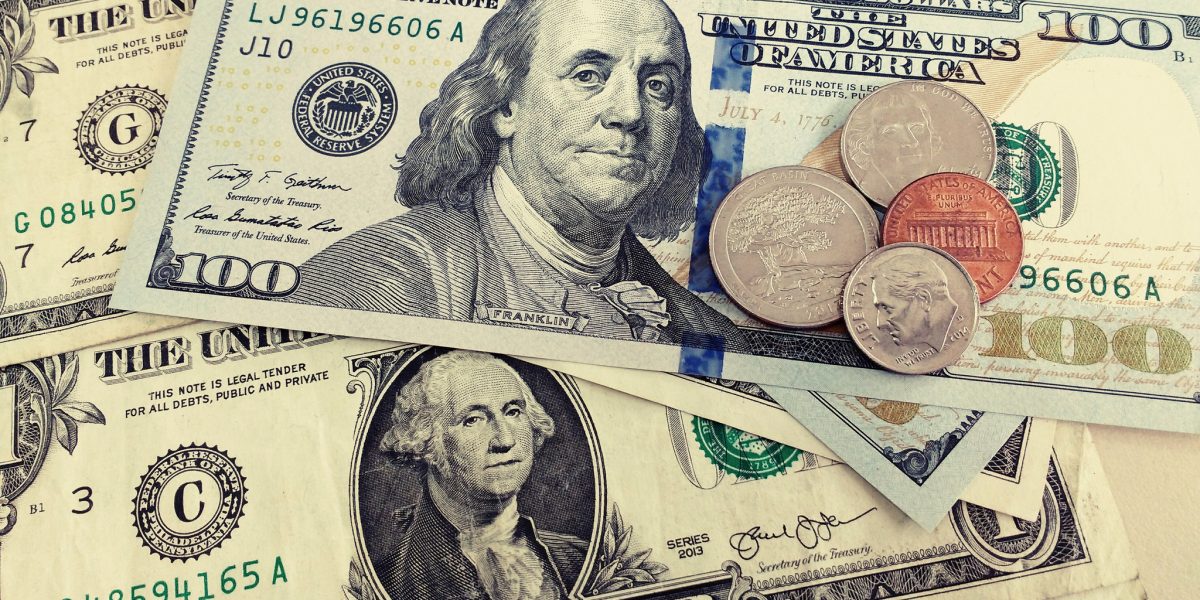
Hard Money Going Soft
Hard money is getting softer these days. Traditional hard money has been provided by private individuals lending their own funds or funds pooled together from friends-and- family. With the historically low rates we have experienced over the past few years, institutional investors (Wall Street) are looking for ways to increase the yield they earn on their money, and as a result they are migrating to this space. This creates a win for the real estate investor as we are seeing lower annualized interest rates and origination fees accompanied by an increase in the advance rates. I have presented a brief summary of how this affects not only the availability of funds but also the cost of those funds for the real estate investor.
Rates
Traditionally when real estate investors wanted to borrow money they could expect to pay anywhere from 12-18% annualized interest rates. Now that institutional money is entering the market place it is driving the cost of funds down with today's annualized interest rates to a range of 9%-10%.
Origination Fees
Traditional hard money lenders knew that their borrowers were at their mercy and would pay whatever they had to in order to get the funds. Often referred to as “whatever the market will bear”, this resulted in borrowers being charged anywhere from 4-8 points per loan. As institutional money has entered the market place the origination fees have dropped and are generally capped at 2 points. Although there are still lenders charging 3-4 points per deal the trend is to match the institutional money rates as borrowers have more options and are less willing to absorb the higher fees.
Advance Rates
Historically, hard money lenders have been taught that they should never lend over 65% of the property’s current value. Now that institutional money has entered the market place we are finding lenders willing to advance 80% or more of the purchase price of the property. They are justifying these higher advance rates in a couple of different ways. The first way that lenders are doing this is by lending on the After Repaired Value or ARV of the home. Lenders who employ this strategy are using the historical 65% LTV guidelines, but rather than basing it on the current value or purchase price are projecting it forward to the ARV. By following this method, these loans can be up to 100% of purchase price. The philosophy behind this type of underwriting is that the borrower will be creating or adding value to the property by renovating the home. These lenders understand that the property will be worth more once the borrower finishes the project and are willing to advance more money to the borrower based on internal projections of the home’s future value. The risk inherent with this philosophy is that the borrower doesn’t complete the rehabilitation, or worse only completes the demolition, thus destroying value and creating a situation where the lender loses money on the transaction. As this poses a significant risk to the lender, lending on the ARV is generally reserved for proven investors who have a well-established track record and in most cases a relationship or history with the lender.
Since there are a limited number of investors who have the credentials or relationships to facilitate this type of loan some lenders have chosen a different philosophy to get the higher advance rates. The second way they get over 80% advance is to provide the borrower a second loan for up to 100% of the funds needed to complete the rehabilitation of the project. The majority of borrowers are investing somewhere between 10%-20% of the purchase price back into the home with the rehabilitation work. By investing this percentage back into the house this program allows them to in essence borrow up to 100% of the purchase price. To help mitigate the risk inherent in lending 90%-100% of the purchase price on the home, lenders are funding the proceeds for the rehabilitation loan into an escrow account from which periodic draws are made to pay for the work that has been completed. While the borrower is still required to bring the 20% down payment or equity to settlement to close the loan, their total capital requirement to complete the project is reduced. This can be very significant especially in areas like California where home prices frequently exceed $350,000. Being able to use more debt or leverage to complete these rehabilitation projects allows investors to do more deals with the same amount of personal equity. Such a financing structure allows borrowers to offset the increased borrowing costs associated with higher leverage and see a greater return on investment.
What does all this mean to the real estate investor looking to fix and flip properties? In the Western United States, and California specifically, there is more money available at better rates to do deals. This increase has allowed the real estate investor to leverage their own money (equity) to do more deals and make more money. With the conventional mortgage market having virtually closed its doors to the active real estate investor we are seeing “soft” hard money filling the gap with similar advance rates and fees as that of conventional mortgage. While it is true that the interest rates are higher than those charged by conventional mortgages they are lower than the traditional hard money loans.
Perusing the local trade magazines, it is also interesting to note that this seems to be predominantly occurring in the Western United States as there are still many companies in the Midwest proudly advertising that they only charge 4-8 points and some stating that the annualized interest rate on their loans is only 18%. My take on this is that California investors who are borrowing money from institutional sources are going to make more money and be able to do more deals than the investors borrowing from the mom-and- pop lenders with higher fees and limited funds.
